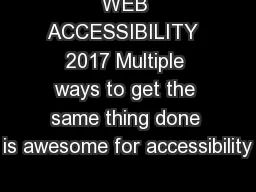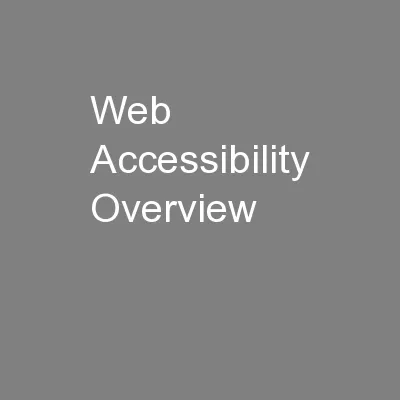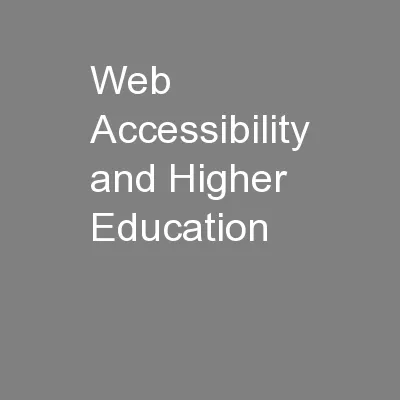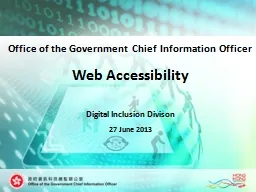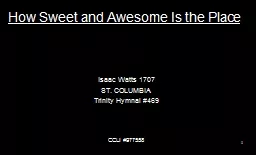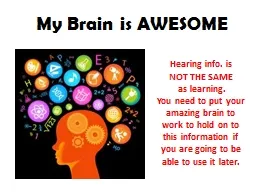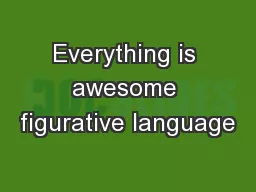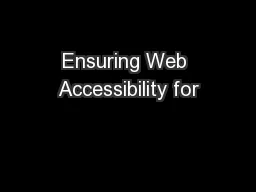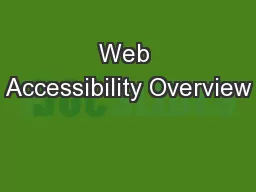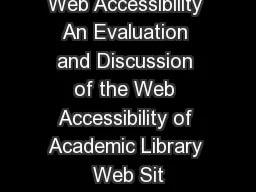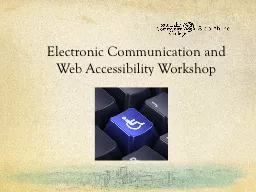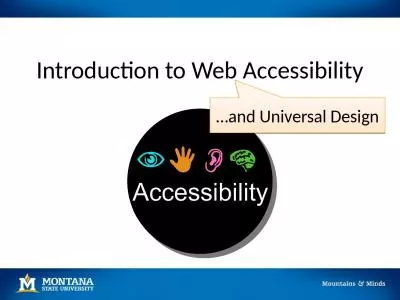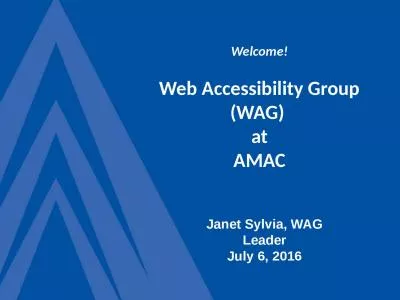PPT-WEB ACCESSIBILITY 2017 Multiple ways to get the same thing done is awesome for accessibility
Author : rivernescafe | Published Date : 2020-06-16
Alice Bartlett Whos involved Usability UI Design UX Design Accessibility Everyone Functionality Development VISUAL Color blind hard of seeing blind 1 Software magnification
Presentation Embed Code
Download Presentation
Download Presentation The PPT/PDF document "WEB ACCESSIBILITY 2017 Multiple ways to..." is the property of its rightful owner. Permission is granted to download and print the materials on this website for personal, non-commercial use only, and to display it on your personal computer provided you do not modify the materials and that you retain all copyright notices contained in the materials. By downloading content from our website, you accept the terms of this agreement.
WEB ACCESSIBILITY 2017 Multiple ways to get the same thing done is awesome for accessibility: Transcript
Download Rules Of Document
"WEB ACCESSIBILITY 2017 Multiple ways to get the same thing done is awesome for accessibility"The content belongs to its owner. You may download and print it for personal use, without modification, and keep all copyright notices. By downloading, you agree to these terms.
Related Documents

